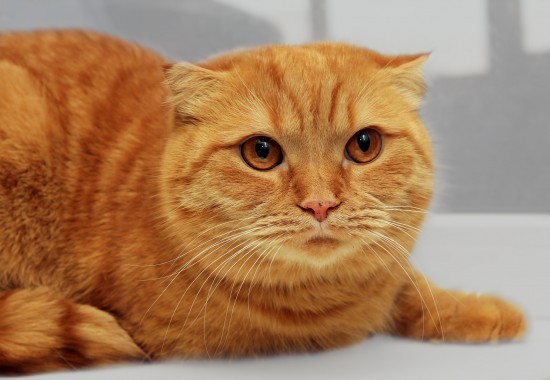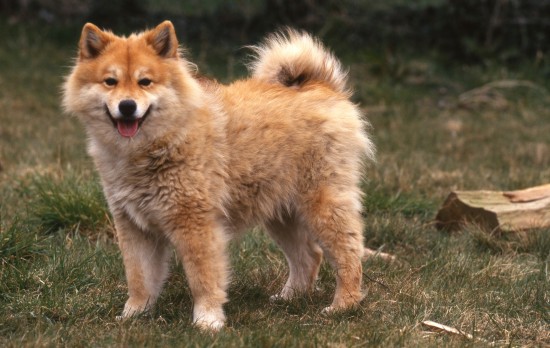Even though feeding
your discus fish is not tricky, there are some guidelines that need
to be followed to make certain that you are not causing problems with
your feeding methods. You may be surprised at some of the "feeding tasks".
Even though feeding your discus fish is not tricky, there are some guidelines that need to be followed to make certain that you are not causing problems with your feeding methods.
Task number one - Keep that tank unpolluted! While this does not sound like a food related task, it truly is.
You see, discus are grazers. These fish are slow eaters. But they do eat a lot. Unlike some fish who grab the nourishing morsels before they make it to the bottom of the aquarium, discus are not that aggressive when it comes to their eating habits. They will eat food that has fallen to the bottom of the tank.
Unclaimed food has a tendency to decay. Left unattended, it will start to grow contaminants that are not healthy for your discus fish.
Cleaning up the bottom of the tank occasionally will help. This is part of your water replacement task, but it should also be considered part of good feeding hygene. Move your siphon hose around the tank bottom as you replace about 15% to 20% of the water. As you move the hose, it will pick up left over pieces of food and other debris.
As far as the food that you give your fish, a variety of dried, frozen, and live food works well.
You can get flakes or pellets suitable for feeding discus fish from your local fish store. Whereas, some tropical fish do not expect multiple daily feedings, discus do. Drop in the dried food flakes several times per day.
If you are using pellets, there is one caution. Pellets should be pre-soaked before putting them into the tank. If you don't do this, they may swell in the fish's stomach causing bloating.
Frozen brine shrimp are a excellent source of protein. You can buy packages of brine shrimp and keep them in your freezer. At feeding time, break off a small piece and drop it into your tank.
Part of a wild discus fish diet includes live worms, either white or black worms. You can find these at a good fish store, or, if you are really ambitious, you can grow your own (yuch!). And they can be kept in your fridge, but not frozen. Another word of caution here, buy only small quantities of live food. Remember, your discus are prima donnas. You want their live food to be alive and not contaminated.
One other food worth mentioning is beef heart. Some hobbyists make their own fish food by using beef heart in combination with other ingredients. Beef heart is high in protein, and it is an alternative to more expensive fish food. It must be added here that if you decide to use your own prepared fish food, proceed with caution, especially if you are new to keeping discus. Maybe use it sparingly at first until you are sure it is a good fit for your fish.
It is not really difficult to figure out discus fish eating habits. On-the-job training and observation work well when trying to ascertain fish eating preferences. Be a student of your fish. Another way to pick up valuable hints and tips is to visit freshwater fish forums and blogs on the Internet.
Head off prospective difficulties by using care when feeding your discus fish. Make sure you do your homework, and find out which techniques work for discus fish.
More about feeding discus fish HERE.
Article Tags:
Feeding Discus Fish, Feeding Discus, Discus Fish, Live Food, Beef Heart, Fish Food

 All About The Scottish Fold Cat
All About The Sco
All About The Scottish Fold Cat
All About The Sco
 3 Ways You Can Reduce The Chances Of Your Pet Developing Cancer
3 Ways You Can Re
3 Ways You Can Reduce The Chances Of Your Pet Developing Cancer
3 Ways You Can Re
 Rabbits And Their Feeding And Nutritional Requirements
Rabbits And Their
Rabbits And Their Feeding And Nutritional Requirements
Rabbits And Their
 Showing Your Cat
Showing Your Cat If you share your home with cats, have you
Showing Your Cat
Showing Your Cat If you share your home with cats, have you
 Finnish Lapphund Hereditary Health And Longevity
Finnish Lapphund
Finnish Lapphund Hereditary Health And Longevity
Finnish Lapphund